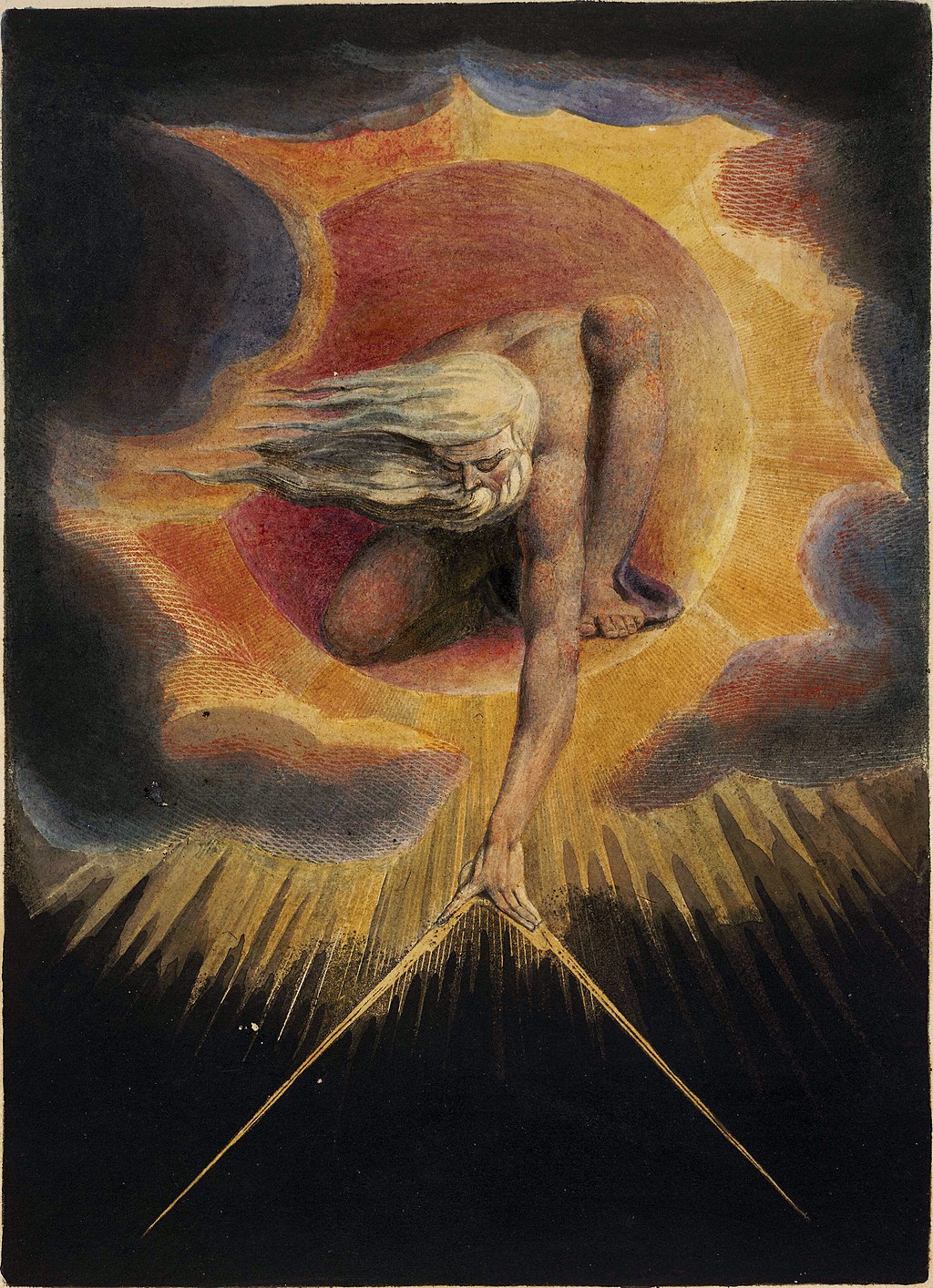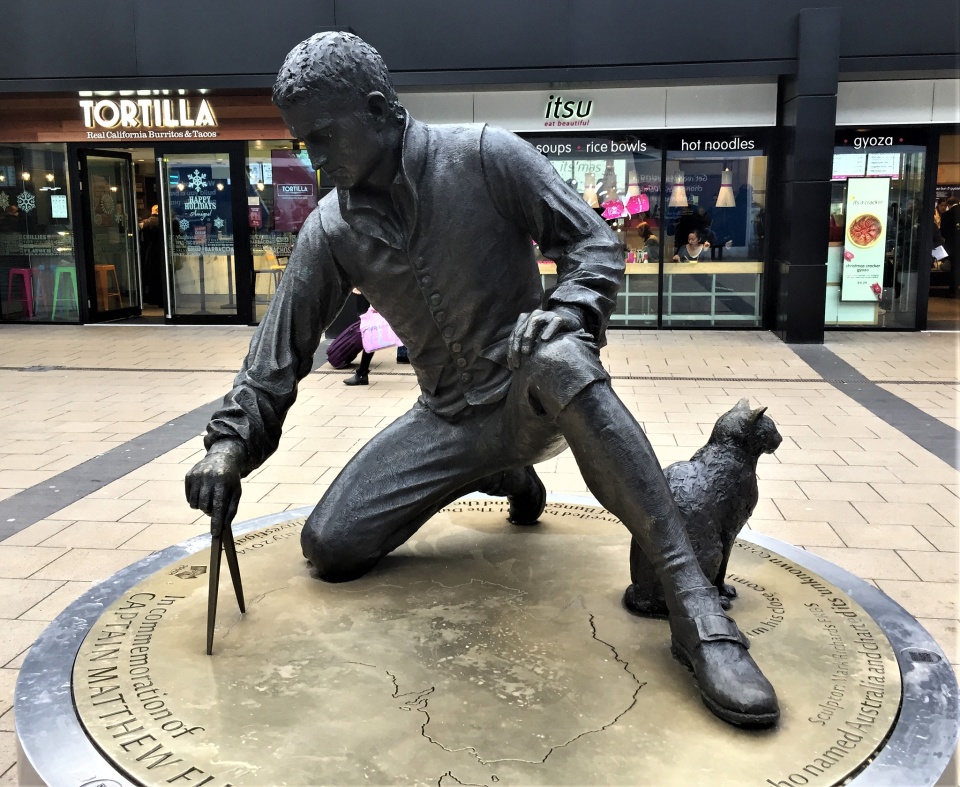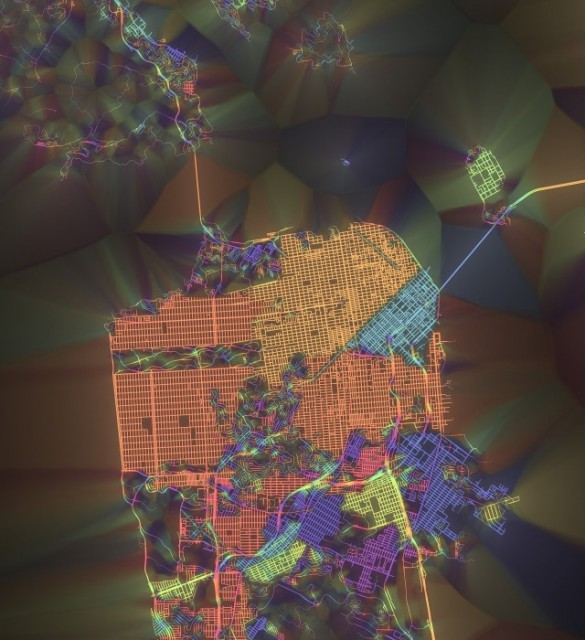"At the heart of the new [Inkan city of] Qosqo was the plaza of Awkaypata, 625 feet by 550 feet, carpeted almost in its entirety with white sand carried in from the Pacific and raked daily by the city's army of workers. Monumental villas and temples surrounded the space on three sides, their walls made from immense blocks of stone so precisely cut and fit that Pizarro's younger cousin Pedro, who accompanied the conqueror as a page, reported 'that the point of a pin could not have been inserted in one of the joints.' Across their facades ran enormous plates of polished gold. When the alpine sun filled Awkaypata, with its boldly delineated horizontal plain of white sand and sloping sheets of gold, the space became an amphitheater for the exaltation of light. In Pachakuti's grand design, Awkaypata was the center of the empire—and the cosmos. From the great plaza radiated four highways that demarcated the four asymmetrical sectors into which he divided the empire, Tawantinsuyu, 'Land of the Four Quarters... Awkaypata... was the center of the universe'."
...So too did a "drunken spiderweb" of crooked spiritual lines lead out from Qosqo's center, each leading to holy sites and shrines. "To keep track of the florid abundance of shrines and lines, [the Spanish Jesuit Bernabé] Cobo observed, the empire 'had more than a thousand men in the city of Qosqo who did nothing but remember these things.'"















